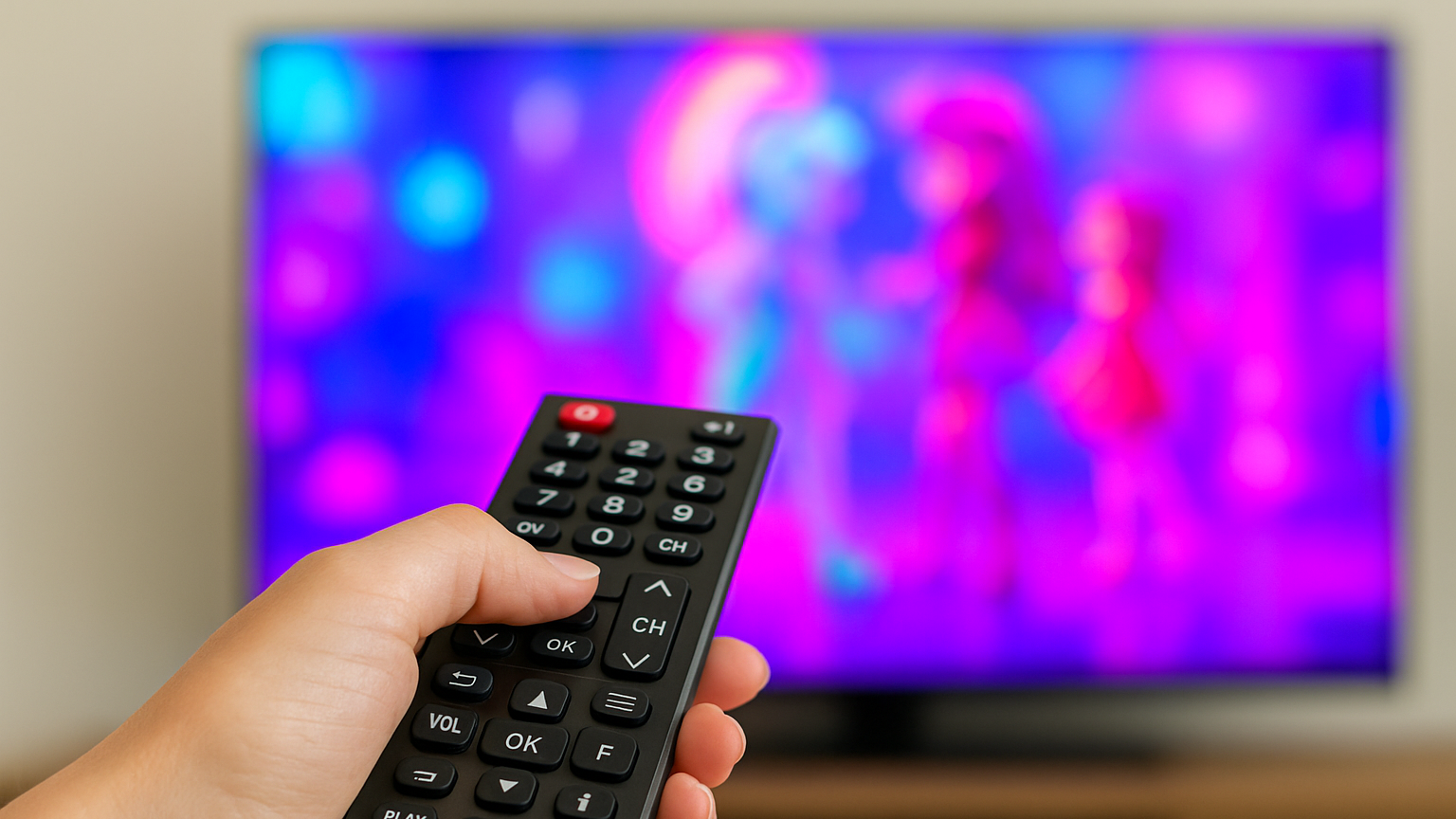Ad loads on streaming services today are a fraction of what viewers once endured on linear television.
While cable and broadcast typically pack in 12 to 16 minutes of commercials per hour, most streaming platforms hover between four and eight minutes per hour, according to a March report from the connected television company Wurl.
That lighter experience has been central to the appeal of streaming, executives from four major streaming services told ADWEEK. But that limitation is self-imposed. There are no regulations dictating ad load—the only guardrails come from consumer tolerance and market norms.
That freedom, combined with the sophisticated technology available in CTV, has led streaming companies to experiment with optimizing the ad loads they present to viewers in ways that were previously impossible. Streaming companies now must balance these new tools with the overall viewer experience, executives and analysts said.
“Excessive ad load is part of what incentivized people to leave cable in the first place,” said one executive. “We don’t want to repeat that mistake.”
Alongside other innovations in the ecosystem, such as enhanced targeting and novel ad products, different people watching the same show could experience dramatically different ad loads, with the ads appearing at different times and in different volumes. Executives refer to the placement and quantity of ads as both an art and a science—one that is rapidly evolving as streamers look to find the sweet spot between retention and revenue.
Content shapes the breaks
Programming type is the first determinant of ad load.
Movies tend to carry the lightest ad volume, as they are often front-loaded with several minutes of pre-roll then absent ads until the halfway point, according to one executive from a free, ad-supported television (FAST) platform.
Live programming sits at the other extreme, with football and other marquee sports drawing the heaviest commercial load. Episodic series fall in between, with services flexing break length depending on runtime or even advertiser demand at the end of a quarter.
In addition to ad load, content type also plays a role in ad placement.
Traditional broadcast shows played on streaming networks come with built-in breaks that make it easy to drop in ads with minimal disruption. Original series and made-for-streaming films, by contrast, require “break curation.” Most streamers use artificial intelligence to determine where to insert ads in programming without preset breaks, turning that decision into an optimizable component, according to two executives.
“You can’t cut to a commercial mid-explosion in Die Hard,” said one executive. “Placement is as important as how many spots you run.”
Context matters, too: Someone watching a show while doing chores or cooking is likely to tolerate more interruptions than a viewer who sits down for a prestige drama.
As a result, by making inferences based on factors like the time of day and content type, streamers can show more ads to casual audiences and fewer to primetime viewers. This helps yield a similar revenue-per-user outcome, while keeping both viewers and advertisers happy.
Cohort-based customization
Streaming ad load is adjusted by cohort, which can be defined by factors like tenure on the service, geography, or hours watched per week. This is different from web and app-based customization, which tailors ad load on the individual level.
Cohort segmenting means that new users often see gentler ad experiences to reduce churn, while longtime viewers are shown more consistent ads.
“Not everyone needs the same cadence,” said one executive. “A new viewer might not see their first break until a third of the way through a movie, while a loyalist will get a standard pod every 10 or 12 minutes.”
FAST services are particularly prone to deploy this kind of cohort-based screening because, unlike subscription-based streamers, they only generate revenue from engagement.
This reliance on minutes-watched acts as a natural guardrail, ensuring that FAST services are incentivized to keep ad load light enough that consumers want to return. Similarly, advertisers are loath to be part of a poor user experience or presented as yet another ad in a ceaseless stream of commercials.
These natural constraints keep streamers, particularly FAST services, from stuffing their programs with ads.
“For us, the north star is always lifetime value,” said one executive at a FAST service. “We’d rather keep someone coming back week after week than squeeze in a few extra pods.”
Relevance over volume
A consistent theme across services is that ad tolerance rises when the ads are relevant.
That thesis is driving investment in contextual targeting—showing sneakers on fitness content or iced coffee in the summer—as well as in creative swaps powered by AI. Indeed, most streaming executives would rather discuss ad relevance than ad load.
“Advertising in general is more tolerable if it resonates with your interests,” said an executive at a subscription-based service.
One analyst theorized that as ads become more relevant, ad load might even lighten. If individual ads become more performant, streamers can raise their prices, generating more revenue without showing more commercials.
However, historical patterns would suggest the opposite. Ad density in digital ecosystems, in particular, tends to increase with time—regardless of performance. In 2022, the technologist Cory Doctorow coined the pejorative term “enshittification” to describe the phenomenon.
What is more likely is that streamers will continue to optimize the science of ad load, eventually drilling down from the cohort level to the individual level. There, they can show each user just as many highly relevant ads as they are likely to consume without churning.
“It’s not about whether you see four minutes of ads or eight,” said one executive. “It’s about whether you come back tomorrow.”
Source: adweek.com

